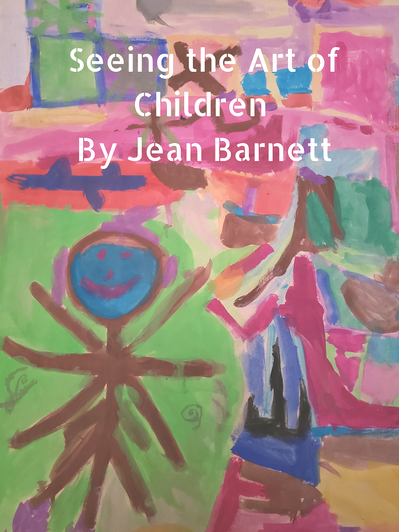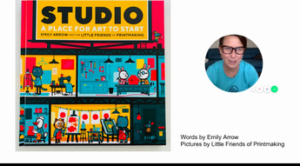Every child is an artist. The problem is how to remain an artist once we grow up.
~Pablo Picasso
This is the ultimate challenge to artists, isn’t it–to hold onto that wild abandon and curiosity when making art. As we grow up, for some reason that changes. How we make and view art as adults does a complete 180, and I believe this issue needs to be addressed. In this day and age as we talk about creativity and how this new generation lacks creativity, we must ask ourselves how did we get here? Then, we need to figure out how we can change that. Somewhere along the line, we are taught that the skill to make things realistic is equal to beautiful/good art. That coloring in the lines is a goal. That creation comes with a set of directions that needs to be followed. Things like expression through messiness and exploration through process go to the wayside. Does this stem from an unconscious connection to the development of fine motor skills (FMS)? Perhaps somewhere we think that as we develop our FMS, our art should follow suit–that it needs to look sharp and be realistic. But, I think that is taking away what art could and should be. The old adage that says “Beauty is in the eye of the beholder” comes to mind. Art could be defined by this, and many people do define art this way. But, should it be defined by this? I think this minimizes what art is. I think children get it right. For children, art is about the process. It’s not defined by skill. It’s not about correctness. It’s about telling a story. It’s about making what is in their head a reality. And, we as adults need to understand that. We have been told for so long what to do and how to do it that we have lost track of our inner child. And, as art teachers, we have an opportunity to help create the next generation of adults who can see art and make art as they did as children. You have to be in a state of play to design. ~Paula Scher That is where Teaching for Artistic Behavior can come into play. (See what I did there?) Starting at the elementary level, we can not only teach kids how to behave like artists, but we can teach ourselves and our colleagues too see their, the children’s, work for what they intend it to be. We can stop telling our students what to create and how to create it, and let them tell us how they what they want to create and how they want to create it. Each student has her own story and voice to tell it. We can stop pushing our adult agenda and aesthetics on students and listen to them. This doesn’t mean we don’t help our students improve their skill. This doesn’t mean we don’t teach them about composition or color theory or shading or foreshortening or art history. Those things are important parts of art, and we should incorporate them into our lessons, but they should be the most important or central part about art. We need to help guide our students on their journey and see their journey for what it is…and we need to look at it at their level. We need to meet them where they are. We need to stop telling them what art should look like, but instead ask them what they envision it could look like. Perhaps a bullet list will help… And remember, these lists are not mutually exclusive and they are not complete and can change with time

What art doesn’t have to be:
● photorealistic
● 24 of the “same” image (ie Van Gogh’s sunflowers)
● polished
● colored in the lines
● a finished product
What art could be:
● made of repurposed materials
● messy
● unfinished
● a “failure”
● a journey
● outside the lines
● unrealistic
● in need of an explanation
What should be your takeaway from this blog post? That children’s art is NOT adult art. AND, we as adults need to recognize that and stop judging it like it is. Does that sound harsh? Maybe. But, what if we did just that and helped to make a generation of artists instead of a generation of followers.



